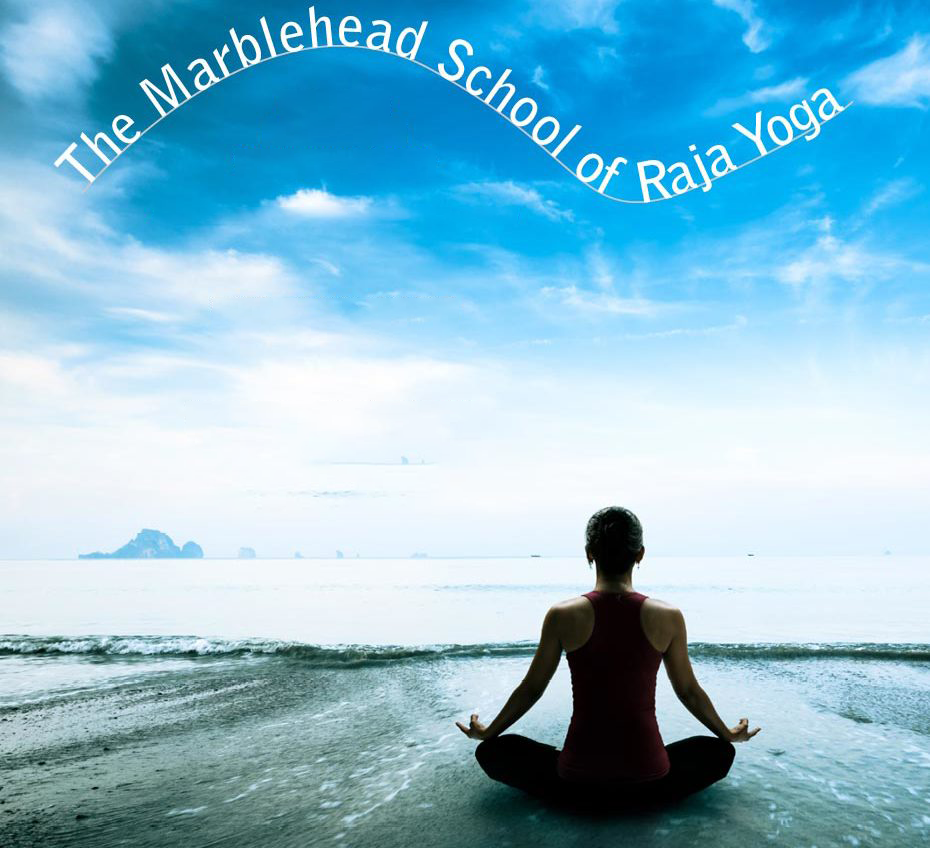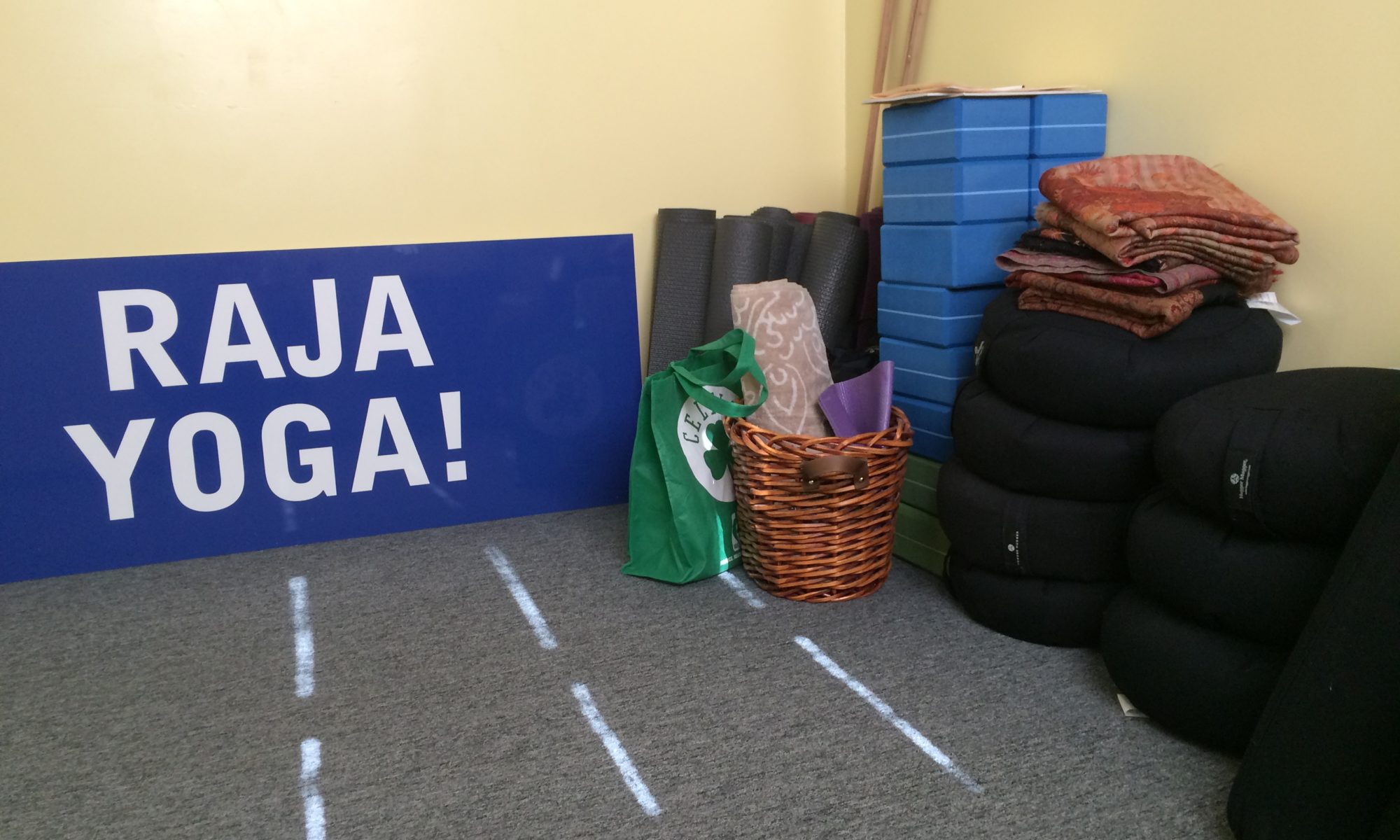For awhile my daily prayers have included some version of the following:
Thank you for:
- Consciousness – without which I wouldn’t realize I was even here!
- Patanjali – who codified the practice of Raja Yoga: a path to experiencing consciousness
- Vyasa – the first of the six traditional commentators or “un-packers” of Patanjali’s Yoga Sutras
- Practitioners – all who preserved the practice over the millennia
- Satchidananda – a notable modern day devotee and teacher of Patanjali’s Yoga Sutras (the author of the textbook we use)
- All yoga teachers past and present
But I was reminded this morning that the list above is missing a BIG piece: the anonymous yogis who a) DISCOVERED that consciousness is NOT a mental function and b) how to prove it!
Patanjali was a successful practitioner and brilliant academic who codified the practice and science in a poem or outline – thus preserving the experiences and knowledge of countless yogis who preceded him.
The Bhagavad Gita, the other universally recognized authoritative text on Raja Yoga, was composed before Patanjali produced the Yoga Sutras. The Gita is a conversation between a sage and his king. The following is largely excerpted from Edwin Bryant’s “the Yoga Sutras of Patanjali”:
The sage is describing what’s become known as Raja Yoga to the king:
I have spoken to you about the knowledge of Sankhya [Allan: the understanding that energetic matter and consciousness are distinct]; now hear from me the knowledge of yoga as I have heard and seen it.
There is no knowledge equal to Sankhya; there is no power like that of yoga. Both of these are the same path; both are said to lead to immortality. Only people lacking wisdom say that they are different, but we see them as one without any doubt. That which the yogis perceive, the followers of Sankhya experience. One who sees that Sankhya and yoga are one, is a seer of Truth.
[Allan: here the text attributes mystical powers to yogis.]
In the Vedic scriptures, the wise speak of yoga as having eight equalities, and bestowing eight subtle powers.
They say that the topmost practice of yoga is of two kinds, according to what is revealed in the scriptures: yoga with “qualities” and yoga without “qualities”. [Allan: here it’s likely the text refers to meditating with and without “seed”, the latter referring to the highest state of consciousness or meditation.]
Practices involve concentrating the mind, and controlling the breath. [Allan: the text advises caution with respect to certain breathing practices.]
Living in solitude, tranquil, and controlled, one could without doubt experience one’s consciousness by practicing yoga with one’s mind, delighting in the union and living in solitude.
One should cast off the senses: sound, form, touch, taste, and smell. One should restrain sensual desire by concentrating the mind; [specifically, the conscious mind should be used to a) restrain senses, memories and ego, and b) distinguish between matter and consciousness].
After taking this progression, one should meditate on consciousness, which is autonomous, a spotless lotus, eternal, infinite, pure, unblemished, immovable, existent, indivisible, beyond decay and death, everlasting, immutable, and imperishable.
Consider the characteristics of the yogi. The character of the yogi is tranquil, like that of a contented person sleeping blissfully.
The wise speak of the yogi as like the upward motionless flame of a lamp full of oil burning in a windless place.
The character of a yogi is like a rock, which is incapable of being moved even when pummeled by torrents of rain pouring down from clouds.
The demeanor of a yogi is not moved by the noise of assorted conches and drums being played together, nor the outbursts of song. [Allan: think Braveheart, Gibson’s movie]
Just as a person of composed nature might ascend a staircase while holding a container full of oil, and yet, despite being alarmed upon being attacked by assailants armed with swords, does not spill a drop out of fear of them, so, in the same way, the mind of one who is absorbed in the supreme, is fully concentrated.
These are the characteristics of the experienced yogi, which are displayed due to resolve and to controlling the activities of the senses.
Absorbed in consciousness, the yogi beholds the supreme and imperishable, resembling a lamp blazing forth in dense darkness.
It is in this way that, after the passage of much time in practice, the yogi enters the state of liberation from the body/mind. This is revealed in the eternal scriptures.
This is indeed the yoga of the yogis. What else is the character of yoga? The wise consider that yogis have accomplished the goal of life.
God bless, Allan










 Your body/mind is your most valuable resource so treat it accordingly!
Your body/mind is your most valuable resource so treat it accordingly!
